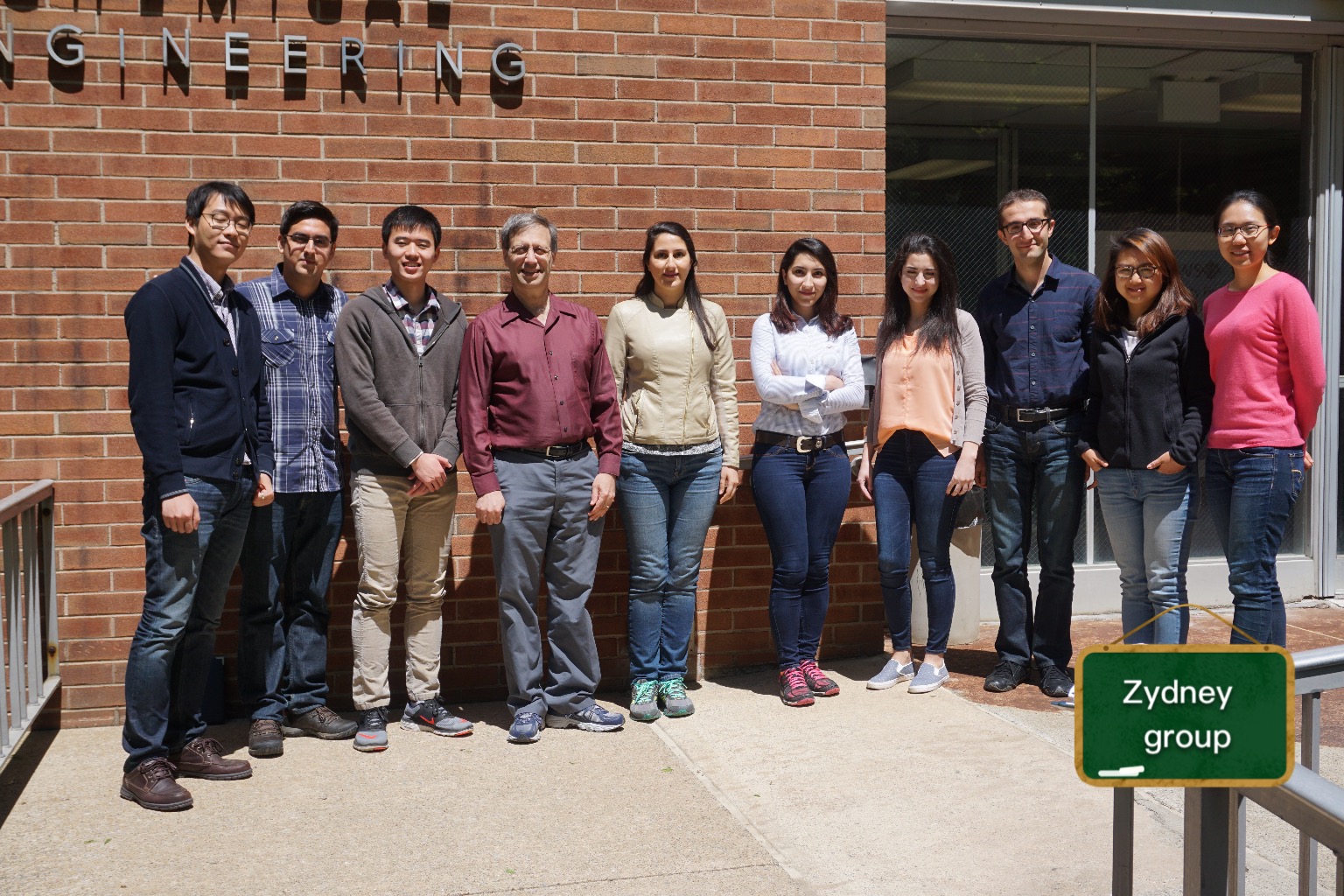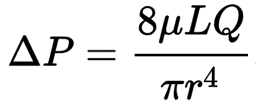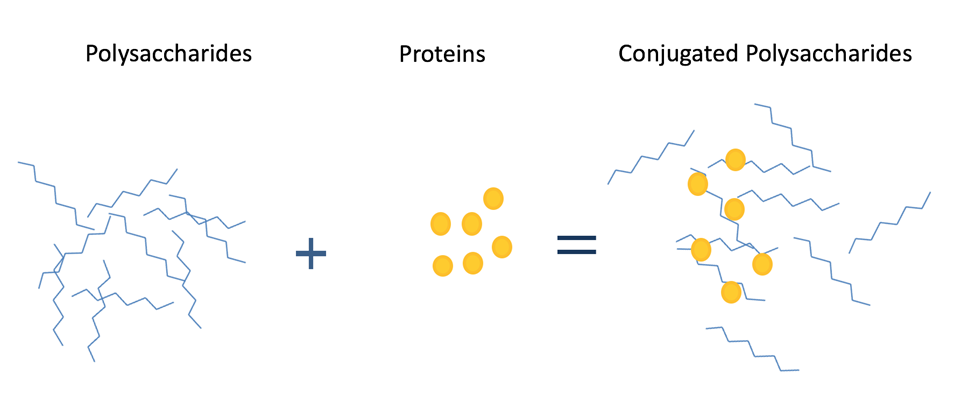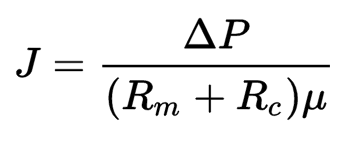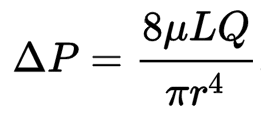Meet the Dr. Zydney lab.
(Left to Right) Youngbin Baek, Ivan Manzano, Zhao Li, Andrew Zydney, Fatemeh Fallahianbijan, Mahsa Hadidi,
Parinaz Emami, Seyed Pouria Motevalian, Boya Xiong, Ying Li
Youngbin Baek (Post-doc)
My research is focused on the protein purification by ultrafiltration membrane. We are interested in evaluating the intermolecular interaction and its relationship with the membrane performance behavior and developing the models. I have presented my research at Gordon Research Conference in New London 2016 and would be presenting my work in AIChE meeting this year in San Francisco. My favorite equation would be Hagen-Poiseuille equation because it serves to predict a flux through the membrane.
Ying Li (Fifth year graduate student)
My research project is purification of plasmid DNA using ultrafiltration membranes. Plasmids are circular double-stranded extrachromosomal DNA that are produced by many bacteria – they can be used as vectors for delivering target genes in DNA therapeutics applications. It is particularly challenging to purify supercoiled plasmid DNA from other undesired isoforms using traditional separation methods such as chromatography. The objective of my research is to demonstrate the potential of UF membranes in purifying plasmid DNA – with focus on developing new strategies to enhance the selectivity between plasmid isoforms and reduce membrane fouling during the filtration process.
I have presented my work at AIChE, ACS, NAMS and Gordon Research Conference. This year I am fortunate to be selected as one of the finalists for MilliporeSigma Life Science Award and invited to present my research at their facility in Bedford, MA.
My favorite equation is Fick’s law(s). It’s a fundamental equation in mass transfer.
Ivan Manzano (Second year graduate student)
I am studying the use of ultrafiltration membranes for the purification of therapeutic grade RNA. These molecules are of special interest since the discovery of RNA interference and their potential use in the treatment of genetic disorders, cancer and other diseases. I have not published my ongoing research, but I have the sense that something will come out soon. I am looking forward to present my recent findings in the next AIChE meeting in San Francisco, CA this November.
I also conducted a research project with Colton Lagerman, a visiting student from The University of Kansas in collaboration with Dr. Salis. The project studied the influence of RNA structure in the transmission through narrow membrane pores.
My favorite equation is the resistance model, based on Darcy’s Law. This is a very helpful equation when studying membrane systems, with a simple experiment you can obtain a lot of information about the membrane integrity and any polarization effects.
Parinaz Emami (Second year graduate student)
My research is about ultrafiltration of pneumococcal polysaccharides and conjugate vaccines using membranes. In production procedure of conjugate polysaccharide vaccine, 98% of unreacted polysaccharides need to be separated due to quality purposes. Different membranes have been used for separation of the unreacted polysaccharide from conjugated ones. Our effort is to characterize the behavior of polysaccharides and conjugated polysaccharides during ultrafiltration in order to increase the yield of the process. By enhancing the efficiency of the separation process, the vaccine would be more accessible for worldwide use especially for developing countries.
Stagnant film model is one of my favorite equations since it has a broad application in explaining the bulk mass transfer in membrane base filtration systems. We can use this model to check the existence of concentration polarization phenomena in the system. This phenomenon occurs when there is a highly concentrated particle layer on the surface of the membrane which affects the performance of the membrane.
Zhao Li (Second year graduate student)
My research project is how to achieve continuous coupled precipitation-filtration process for the capture of recombinant proteins. This is a collaborative project with Dr. Todd Przybycien and his student Qin Gu at CMU. The achievement of the proposed research would provide a much lower cost for the initial purification in a fully continuous (steady-state) format, give much higher volume reduction and thus potentially lower cost for all subsequent steps than any of the currently used technologies for recombinant protein purification. This could essentially revolutionize downstream processing.
There are two major challenges that we need to address. First, it is of great importance to find precipitation conditions that not only give high yield and purity but also allow easy re-dissolution of an active protein product (without generation of denatured material or significant amounts of protein aggregates). Second, it is critical to find operation conditions that can permit processing the precipitate in a continuous manner using membrane filtration. These include achieving good separation between the precipitate and the impurities, getting high permeate flux (to minimize membrane area), and minimizing membrane fouling (to minimize membrane replacement).
My favorite equations are Filtration equation and Poiseuille’s law.
